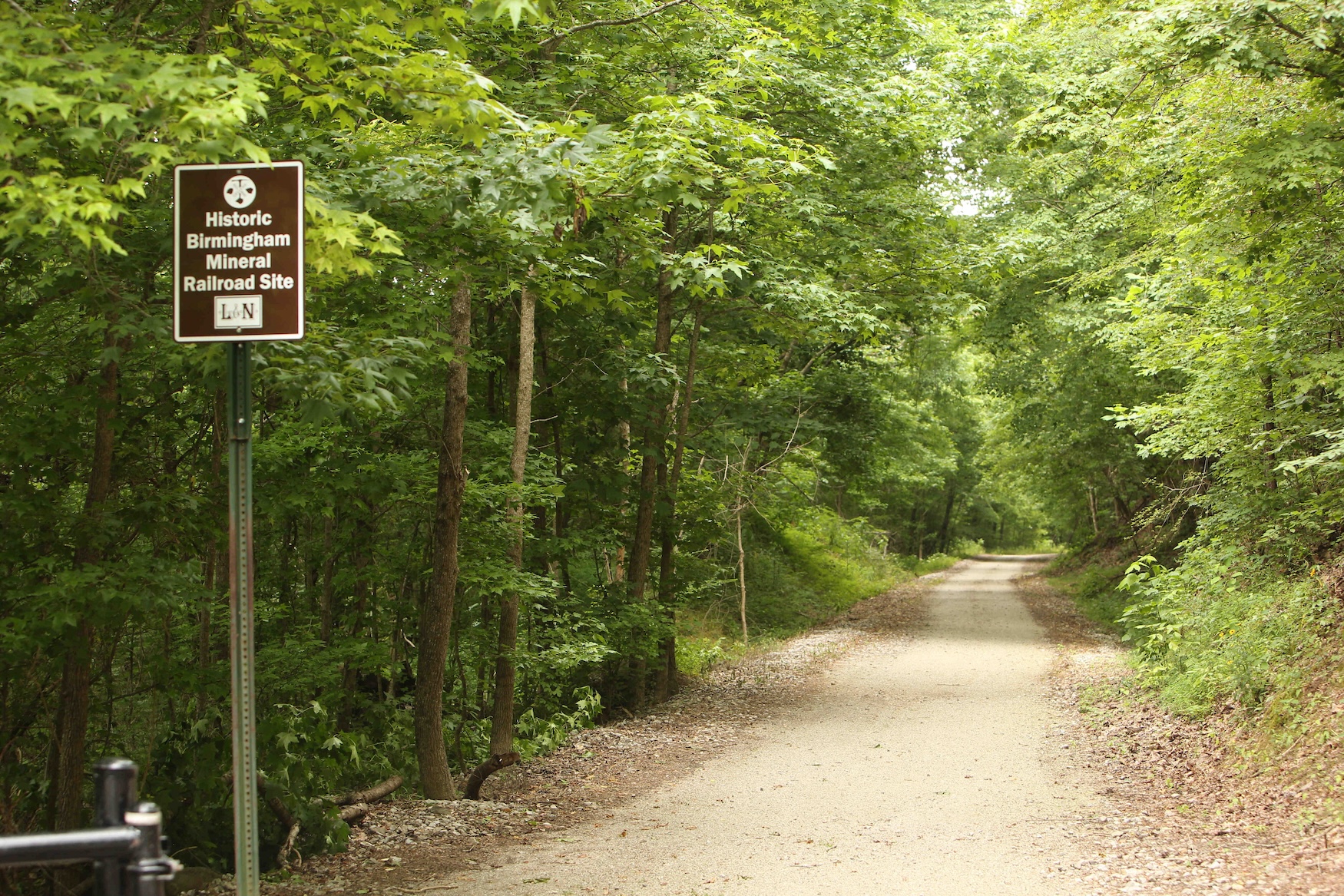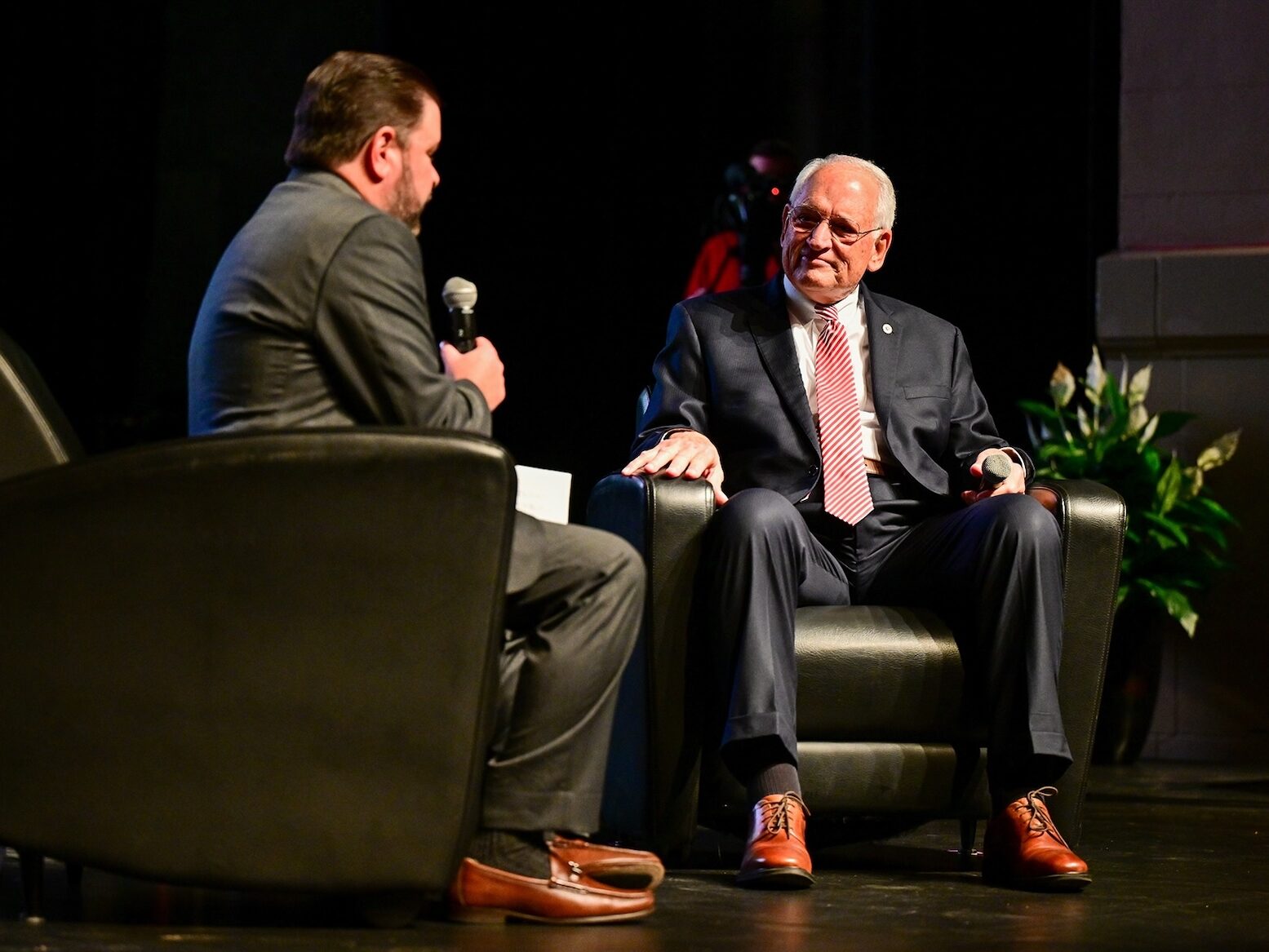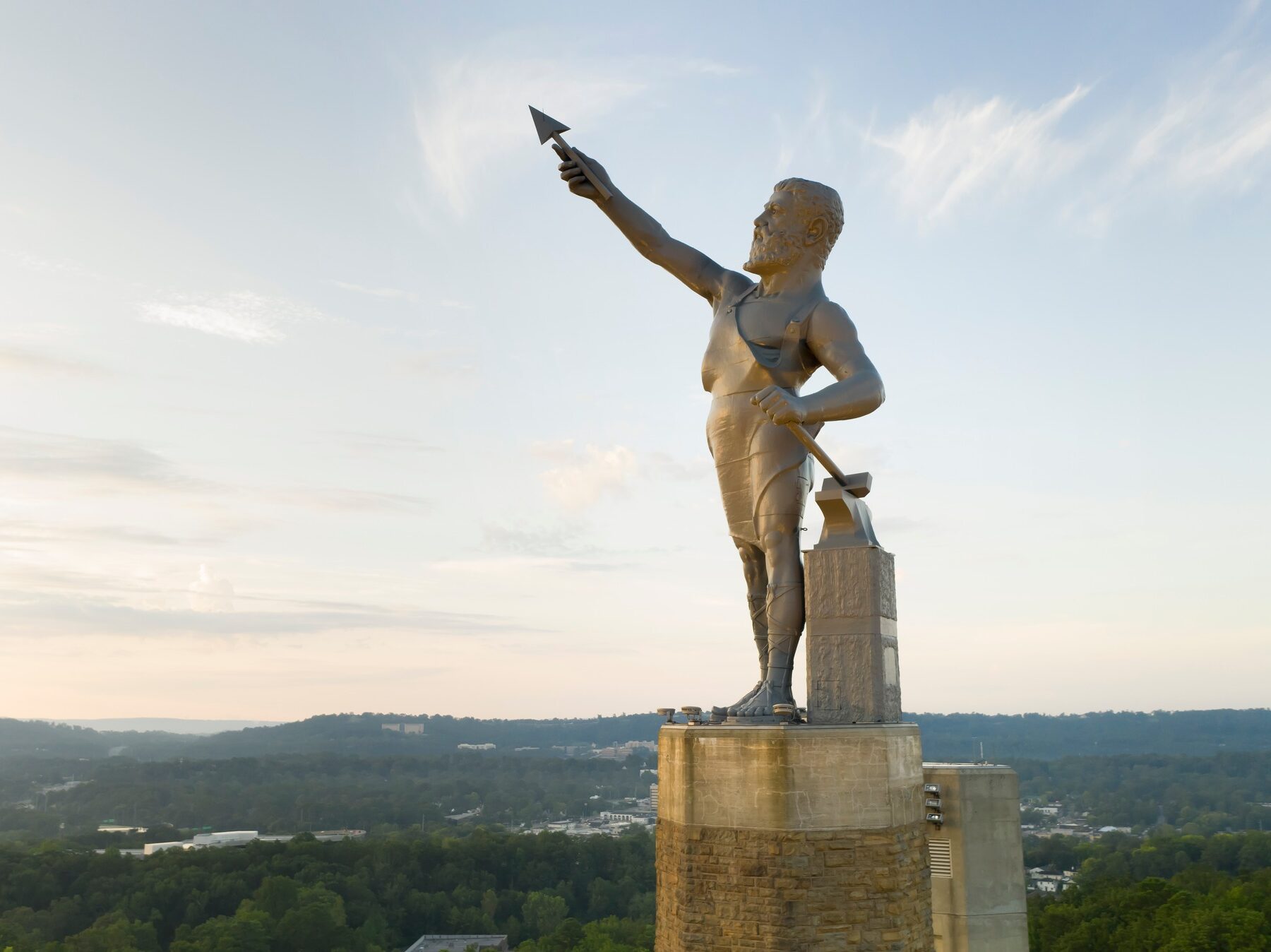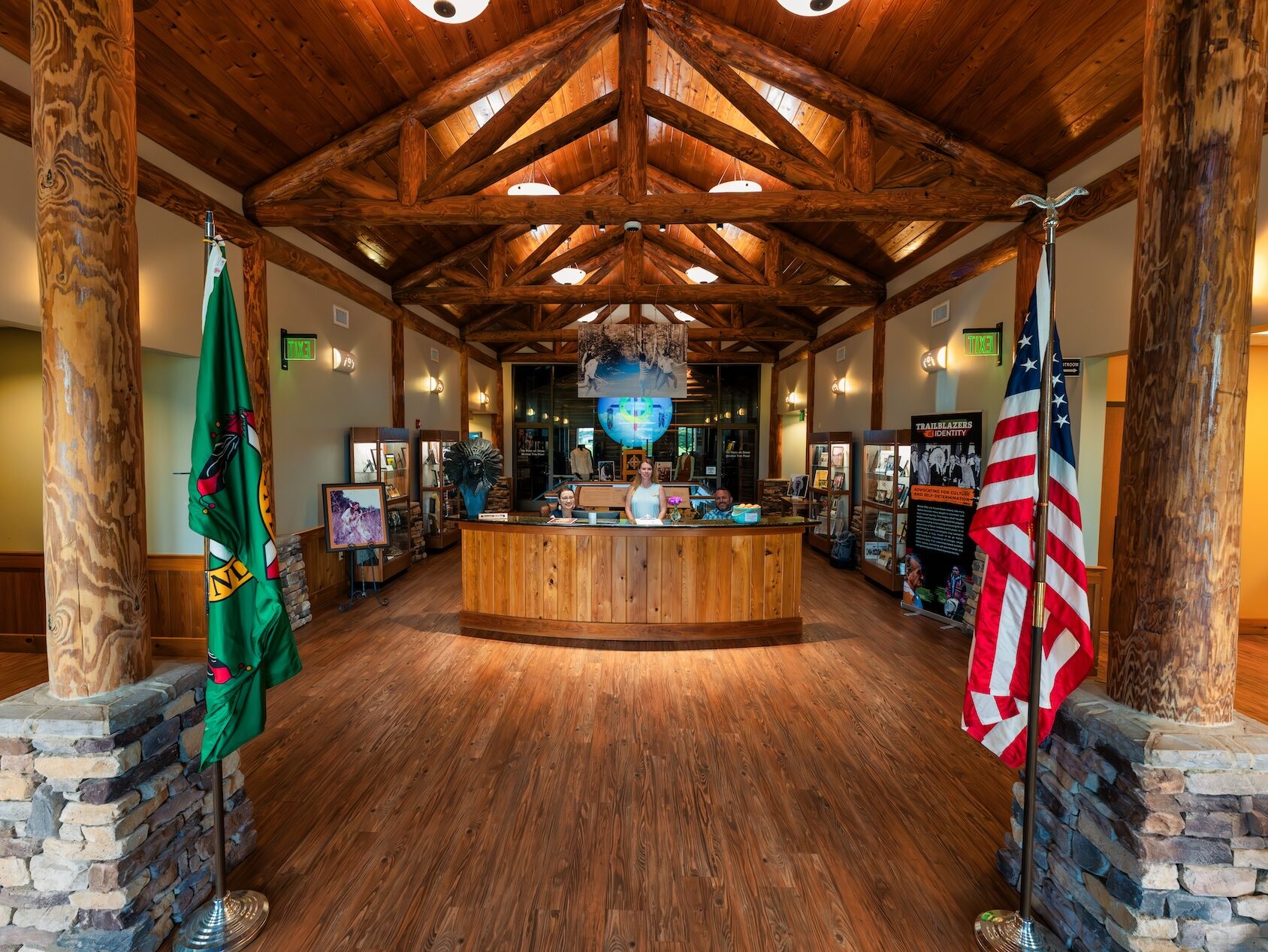Blue Cross and Blue Shield of Alabama’s The Caring Foundation seeks to give back to communities by supporting initiatives to improve the health and wellness of Alabamians. One such organization that works to build happier and healthier communities in our state is Freshwater Land Trust.
“Freshwater Land Trust works toward two main objectives: the conservation of land, often with the goal of protecting nearby waters, and the building of trails for pedestrian and non-motorized access to greenspaces,” explains Rebekah Correia, the FLT’s Outreach and Communications Director.
Freshwater Land Trust’s trail work is through the Red Rock Trail System®, a large, planned network—750 miles—of multi-use trails, parks, sidewalks, and bike lanes connecting communities via six main trail corridors throughout Jefferson County. “The ultimate goal is for every Jefferson County resident to have access to a trail or greenspace within one mile of where they live,” says Correia. Specifically, the Red Rock Trail System® has been a core component of Freshwater Land Trust’s work since 2010 and seeks to better connect the people of Jefferson County with the outdoors.
Read on to learn more about how Freshwater Land Trust is helping to provide recreational opportunities, transportation, and much-needed natural spaces to Alabamians.
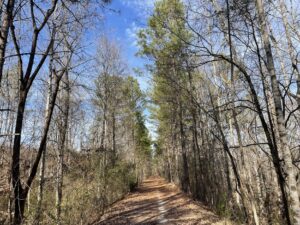
(Freshwater Land Trust/Contributed)
Red Rock Trail System®
The idea for the Red Rock Trail System® (RRTS) plan was made possible by a Centers for Disease Control “Communities Putting Prevention to Work” grant received by the Jefferson County Department of Health, to ultimately develop a greenway master plan for Jefferson County. This plan’s primary purpose was to lay out plans for greenways as well as bicycle and pedestrian infrastructures—all with the goal of increasing access to high-quality, free recreation and transportation infrastructure that would enable people to lead healthier lives.
The Red Rock Action Plan is the newest project of the RRTS and shows us what’s next for the trail system in Jefferson County. This strategic plan prioritizes seven trail projects, many of which are already in progress, that will create a 36-mile loop around the Birmingham Metropolitan area linking three major greenspaces: Ruffner Mountain, Railroad Park, and Red Mountain—to ultimately provide residents with a greater sense of connection.
Anna Massa Pires works as the Red Rock Trail and Development Coordinator, and as a new Birmingham resident, she immediately saw the need for better transportation options. “When I first moved to Birmingham as an international student, I relied on biking to get around since I didn’t own a car,” Massa says. “Through this, I got to experience firsthand Birmingham’s challenges for pedestrians and cyclists. Working at Freshwater Land Trust has been incredibly rewarding; knowing that my efforts contribute to the community’s well-being is truly fulfilling.”
Recreation and connectivity are both major incentives for the trail system, but their development stretches beyond those elements and into something deeper. “Even though creating recreational trails is one of our major goals, The Red Rock Trail System® extends beyond this,” explains Massa. “It embodies a broader vision of community connectivity and well-being. Creating safe pedestrian and cycling infrastructure not only promotes healthier lifestyles but also ensures equitable access to resources for all residents.”
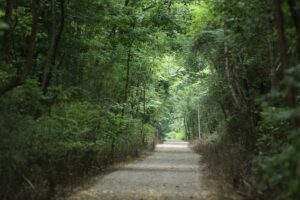
(Freshwater Land Trust/Contributed)
Five Mile Creek Greenway
The Five Mile Creek Greenway, located north of Birmingham, is one of the treasures of the trail system; as the signature project of the Five Mile Creek District, it is made up of the cities of Brookside, Center Point, Fultondale, Gardendale, Graysville, and Tarrant. Since June of last year, Freshwater Land Trust’s two-mile extension to the Five Mile Creek Greenway ultimately created an eight-mile stretch, making it the longest trail in the RRTS. These safe and efficient transportation links connect people and communities while providing much-needed recreational outlets as well.
Hours of effort, from both volunteers and sponsors alike, have focused on revitalizing the waterways through the Five Mile Creek Greenway Partnership, an initiative to restore what was once considered “the most polluted stream” in the state. Five Mile Creek has unfortunately been a dumping ground for industrial polluters, but the Greenway Partnership saw beyond the polluted past and instead, decided to look to the future. Through seemingly insurmountable challenges, the Five Mile Creek Partnership and Freshwater Land Trust have worked tirelessly to effectively champion water quality and recreational projects, and to reestablish Five Mile Creek as a beloved community amenity.
And the two are undeniably connected, and in many ways inseparable, as Rebekah Correia points out. “There are so many ways, and so many data-supported articles out there, that show how trail systems positively impact a city and its community,” Correia says, “but what aren’t as obvious or easy to experience are the benefits of our conservation work. Our efforts to reduce erosion through streambank stabilization projects, and to limit trash entering creeks and streams through Project Litter Gitter, contribute to better water quality at community-accessible locations.”
If you would like to learn more about Freshwater Land Trust and how they continue to serve their community through trail systems and conservation efforts, visit freshwaterlandtrust.org.
